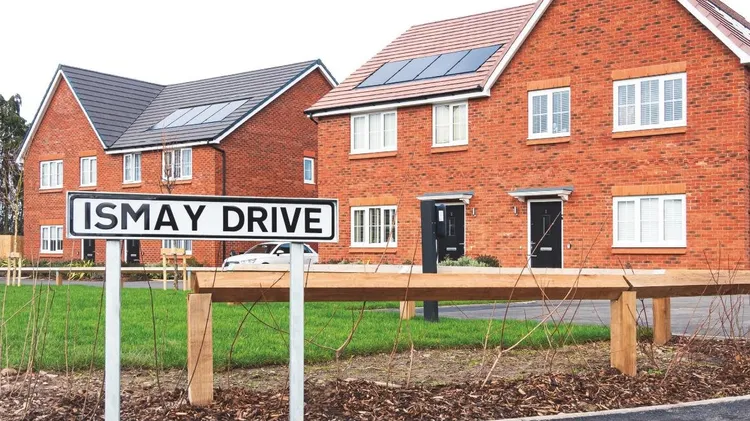By: Jens Birgersson, President and C
Rockwool – building for the next 100 years, and beyond.
4 min read
This article is from...
Read this article and 8000+ more magazines and newspapers on Readly






